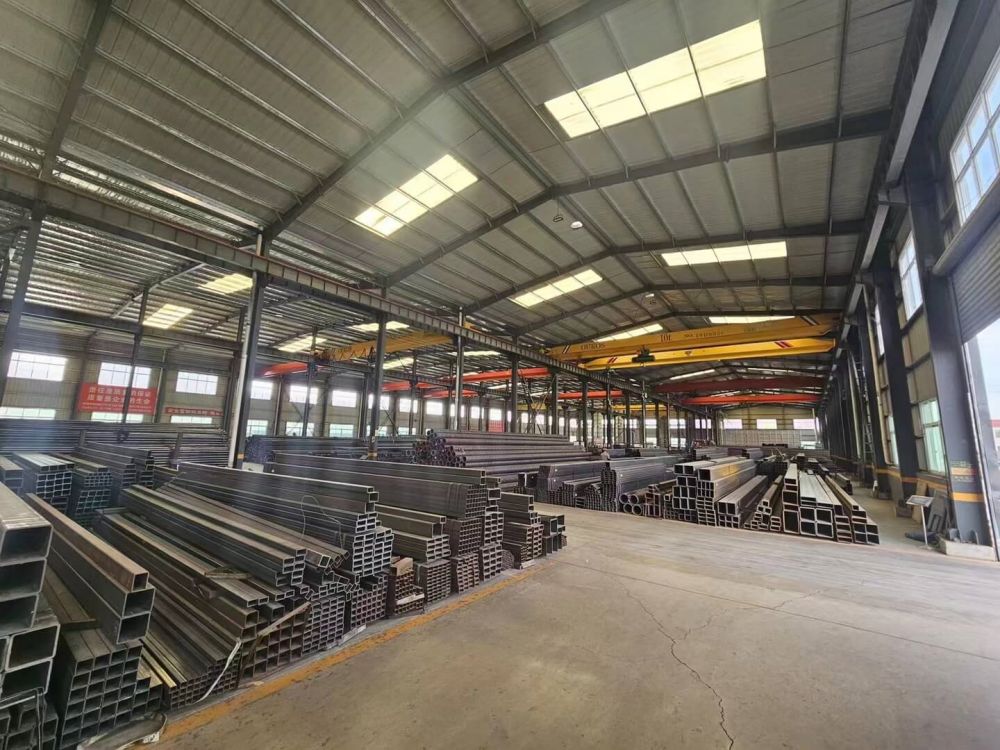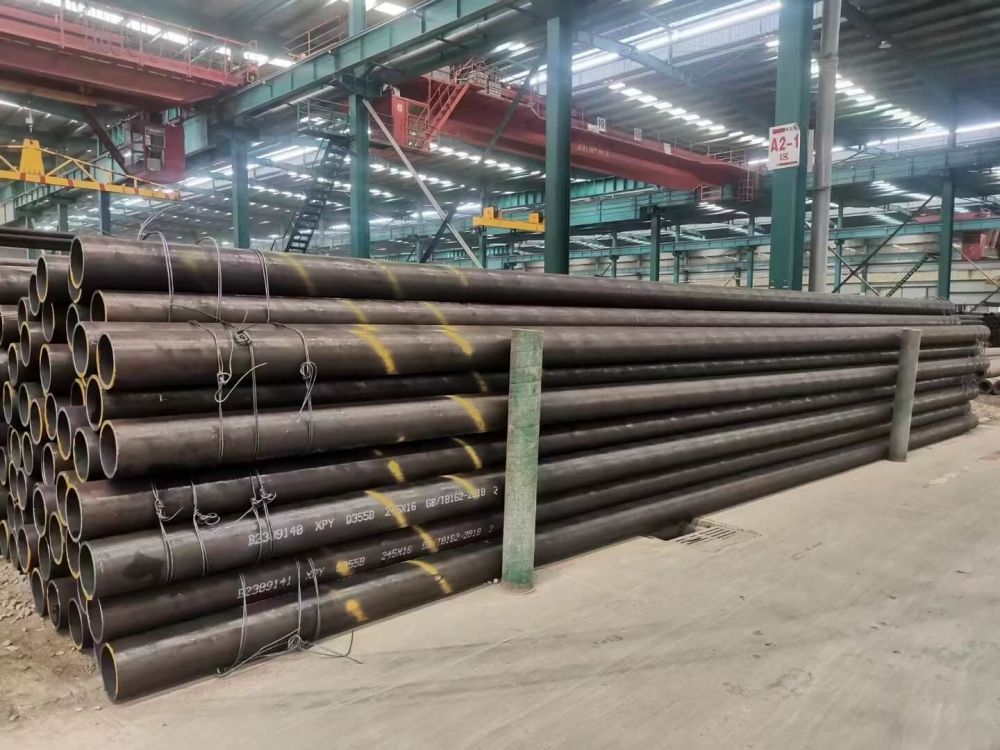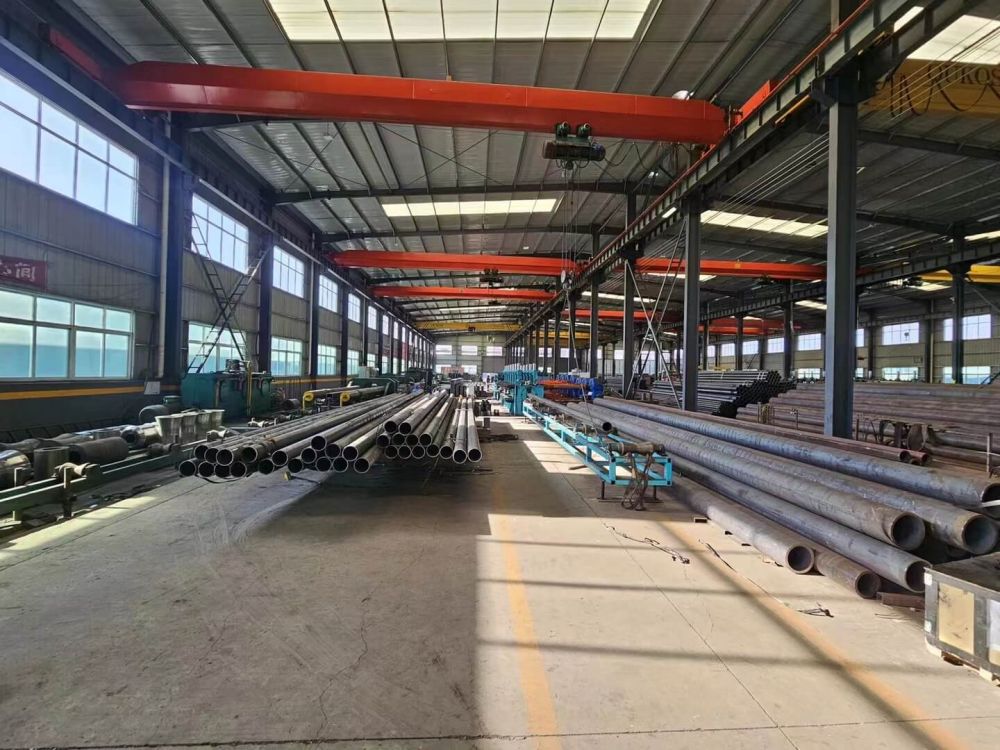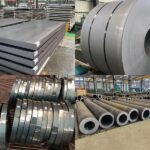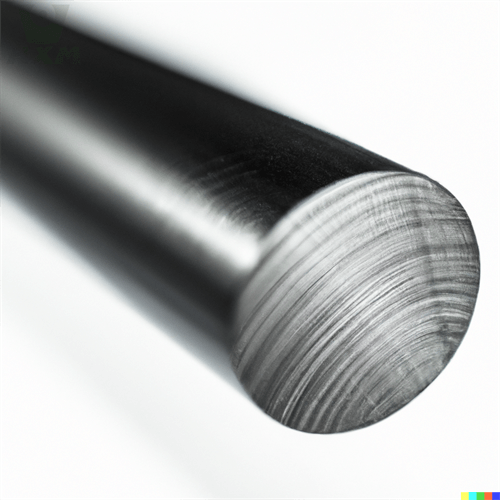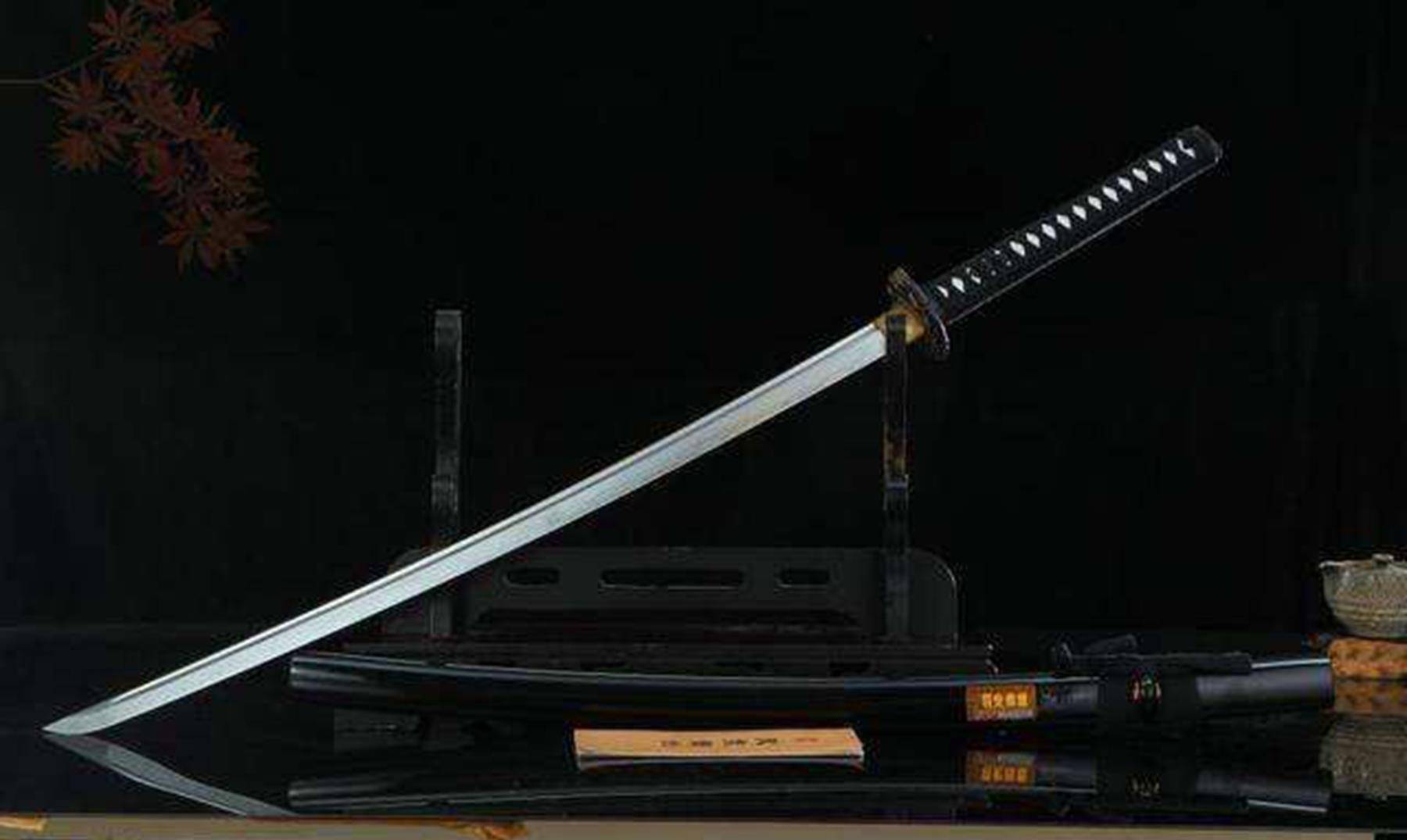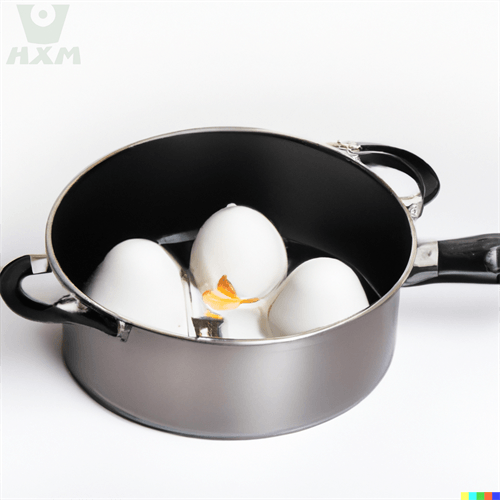4 Key Differences Between Carbon Steel and Alloy Steel
When it comes to choosing the right type of steel for industrial applications, understanding the differences between carbon steel and alloy steel is crucial. These two categories of steel offer distinct properties, and knowing how they differ can help manufacturers, engineers, and buyers select the most suitable material for their needs. Below, we explore the 4 key differences between carbon steel and alloy steel.
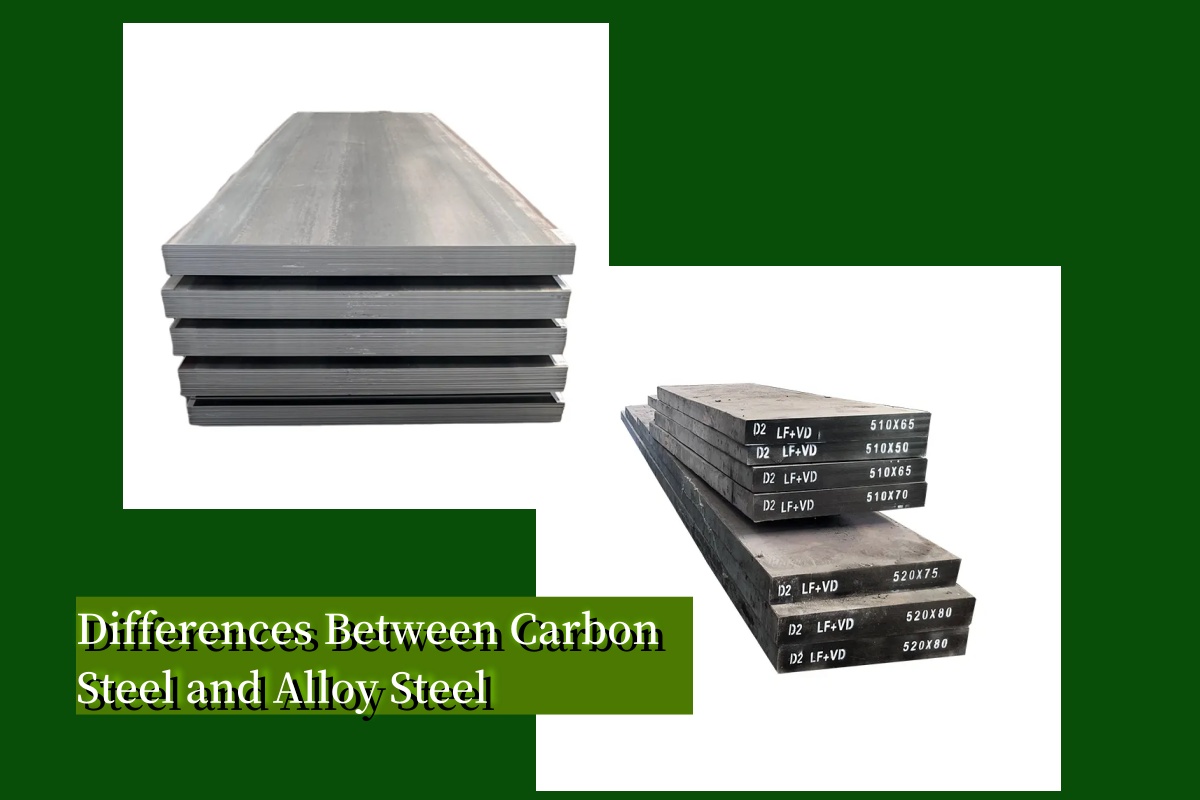
1. Composition: Carbon Content vs. Alloying Elements
-
Carbon Steel: As the name suggests, carbon steel primarily consists of iron and carbon. The carbon content typically ranges from 0.05% to 2.0%, with no significant amounts of other alloying elements. The focus is on the carbon content, which directly impacts the hardness and strength of the steel.
-
Alloy Steel: Alloy steel, on the other hand, includes not only iron and carbon but also a variety of additional alloying elements, such as chromium, nickel, manganese, molybdenum, and vanadium. These elements are added to modify the steel’s properties, such as improving strength, corrosion resistance, or heat resistance.
Key Difference: Carbon steel relies mainly on carbon for its strength, while alloy steel contains a variety of elements that enhance its mechanical properties.
2. Strength and Toughness
-
Carbon Steel: The strength and hardness of carbon steel depend on its carbon content. High-carbon steel offers increased strength and hardness but becomes more brittle and less ductile, meaning it can crack under stress if not properly handled.
-
Alloy Steel: Due to the addition of alloying elements, alloy steel tends to be stronger and tougher than carbon steel. Elements like chromium and molybdenum enhance its toughness and ability to withstand extreme conditions, including high temperatures and heavy impact. It also offers better flexibility and can handle stress without cracking.
Key Difference: Alloy steel offers greater toughness and flexibility than carbon steel, making it better suited for heavy-duty applications.
3. Corrosion Resistance
-
Carbon Steel: One of the primary drawbacks of carbon steel is its limited corrosion resistance. It can rust and corrode when exposed to moisture or harsh environments, which is why carbon steel often requires protective coatings, paints, or galvanizing for outdoor or marine applications.
-
Alloy Steel: The alloying elements in alloy steel, especially chromium, provide enhanced corrosion resistance. Stainless steel, a type of alloy steel, contains at least 10.5% chromium, which forms a protective layer on the surface that prevents rust. This makes alloy steel a better choice for environments where corrosion is a concern, such as in chemical processing, oil and gas, and marine industries.
Key Difference: Alloy steel, especially stainless steel, has significantly higher corrosion resistance compared to carbon steel.
4. Cost and Availability
-
Carbon Steel: Generally, carbon steel is more affordable than alloy steel due to its simpler composition and lower production costs. Its wide availability and ease of fabrication make it a popular choice for construction, machinery, and structural components where corrosion resistance is not a primary concern.
-
Alloy Steel: Alloy steel tends to be more expensive due to the added cost of alloying elements and the more complex manufacturing processes. The added performance benefits, such as improved strength, toughness, and corrosion resistance, justify the higher cost in applications where these properties are essential.
Key Difference: Carbon steel is more cost-effective and readily available, while alloy steel offers superior performance at a higher price.
Conclusion: Choosing the Right Steel for Your Application
The differences between carbon steel and alloy steel boil down to their composition, strength, corrosion resistance, and cost. Carbon steel is ideal for general-purpose applications where affordability and ease of use are important. In contrast, alloy steel provides superior performance, especially in harsh environments or high-stress conditions, making it the go-to choice for industries like aerospace, oil and gas, and automotive.
Huaxia Steel Provides high quality carbon steel products such as low/medium/high carbon steel sheet/plate, coil, tube, beam, etc.We look forward to further business cooperation with you!
FAQs about Differences Between Carbon Steel and Alloy Steel
Whether carbon steel or alloy steel is “better” depends entirely on the specific application and requirements.
-
Carbon Steel:
- Best for general-purpose use, affordable, and widely available.
- Suitable for applications that don’t require high corrosion resistance or strength at elevated temperatures.
- Best for: Structural components, machinery, and low-wear environments.
-
Alloy Steel:
- Offers superior mechanical properties, such as higher toughness, wear resistance, and corrosion resistance, due to the addition of alloying elements like chromium, nickel, or molybdenum.
- Best for: Applications in harsh environments or where higher durability is needed, such as in aerospace, automotive, and chemical industries.
Conclusion: For general use, carbon steel may be more cost-effective, but for demanding or high-performance applications, alloy steel is the better choice.
Pros:
- Enhanced Strength: Alloying elements (e.g., chromium, nickel, molybdenum) make it much stronger than plain carbon steel.
- Corrosion Resistance: Particularly in stainless steels (a type of alloy steel), elements like chromium improve resistance to rust and corrosion.
- Heat Resistance: Retains strength and hardness even at high temperatures, which is critical for applications like engines and turbines.
- Wear Resistance: Higher durability against wear and tear compared to carbon steel, making it ideal for cutting tools and heavy machinery.
Cons:
- Cost: Alloy steel is generally more expensive due to the added elements and more complex manufacturing process.
- Difficult to Work With: It can be harder to machine, weld, or work with due to the increased hardness.
- Availability: Some specific alloy grades may not be as readily available as common carbon steels.
The comparison between carbon steel and aluminum alloy depends on factors such as strength, weight, and corrosion resistance:
-
Carbon Steel:
- Strength: Stronger and harder than aluminum alloys, especially high-carbon steel.
- Weight: Heavier, which can be a disadvantage in applications where weight is critical.
- Corrosion: Susceptible to rust and corrosion unless treated or coated.
-
Aluminum Alloy:
- Weight: Much lighter than carbon steel, making it ideal for applications like aerospace and automotive industries where weight reduction is essential.
- Corrosion Resistance: Aluminum naturally resists corrosion, especially with the addition of alloying elements.
- Strength: Not as strong as carbon steel but sufficient for many structural and manufacturing applications.
Conclusion: Carbon steel is stronger and more durable, but aluminum alloy is lighter and offers better corrosion resistance. The choice depends on whether strength or weight is the priority for your application.
For baking applications, alloy steel is typically better than carbon steel, specifically stainless steel (a type of alloy steel). Here’s why:
-
Carbon Steel: Can be used for some cookware, such as woks and frying pans, because of its ability to withstand high temperatures. However, it tends to corrode if not properly seasoned or coated.
-
Stainless Steel (Alloy Steel): Offers excellent corrosion resistance, which is essential for baking where exposure to moisture is common. It’s non-reactive with acidic ingredients and easy to clean, making it more suitable for food-related applications.
Conclusion: Stainless steel (alloy steel) is typically better for baking due to its corrosion resistance and durability in kitchen environments.
-
Carbon Steel: High-carbon steel can be very durable but tends to be more brittle and prone to cracking under high stress.
-
Alloy Steel: Typically more durable than carbon steel, especially in terms of wear resistance, toughness, and ability to handle high-impact or high-temperature environments. The added alloying elements enhance its mechanical properties, making it last longer under challenging conditions.
Conclusion: Alloy steel is generally more durable than carbon steel, especially when toughness and wear resistance are critical.
-
Carbon Steel: Higher carbon content increases the strength of the steel, but it also reduces ductility and makes it more prone to cracking under stress.
-
Alloy Steel: The addition of alloying elements like chromium, nickel, and molybdenum enhances the overall strength of the steel. Alloy steel can be engineered to achieve even higher strength than carbon steel, particularly when high tensile strength and toughness are needed.
Conclusion: Alloy steel is typically stronger than carbon steel, especially when strength needs to be combined with durability, toughness, or resistance to extreme conditions.
If you found this article good, feel free to share it on your other social media platforms.

